
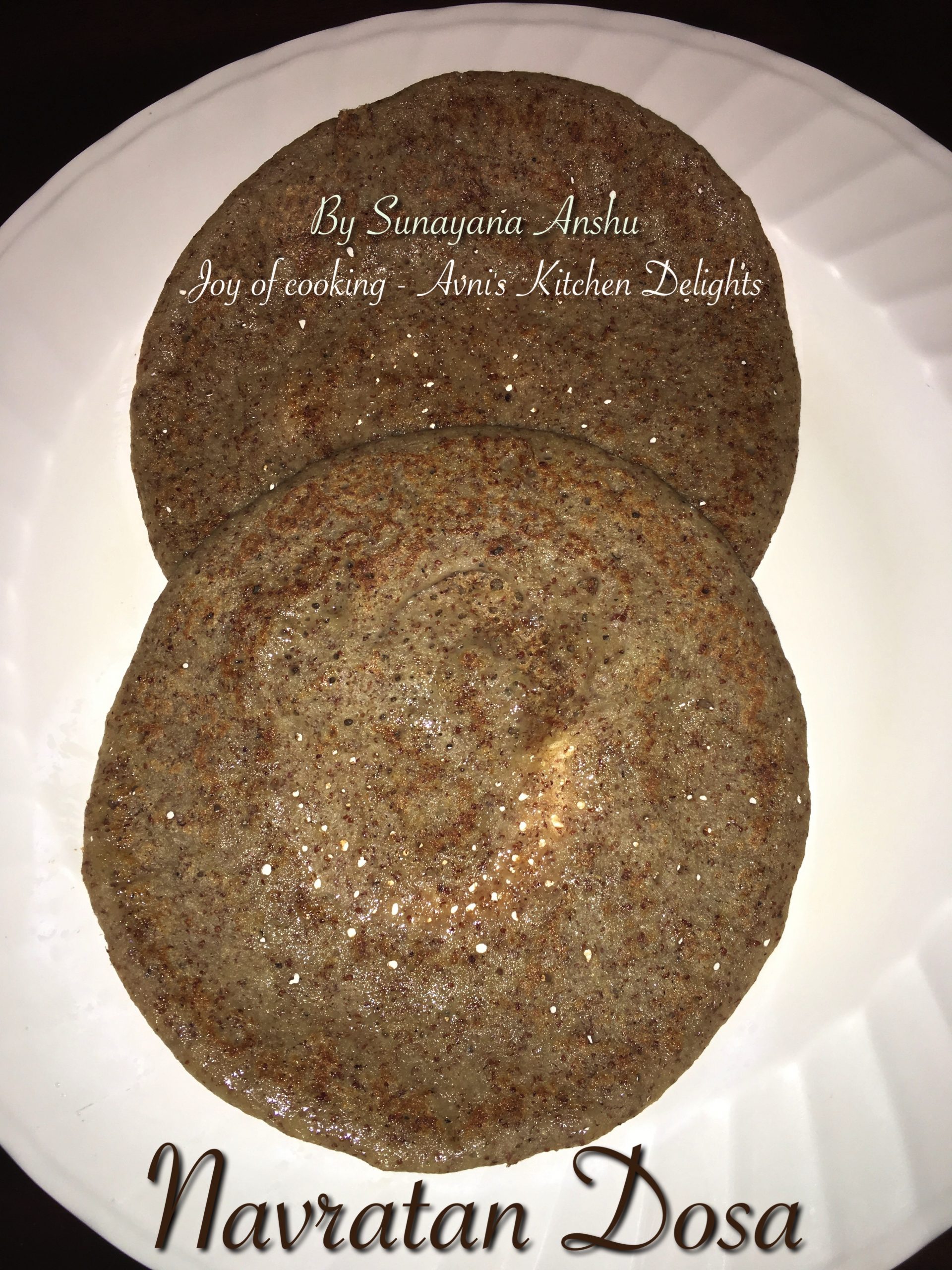
INGREDIENTS :
(1) 75 gms – Rice
(2) 75 gms – Whole Wheat
(3) 75 gms – Finger Millet / Ragi / Nachni
(4) 75 gms – Jawar / Sorghum
(5) 75 gms – Horse gram / Kulthi
(6) 75 gms – White Peas / Safed Vatana
(7) 75 gms – Brown Lentils / Whole brown Masoor Dal
(8) 75 gms – Chickpeas / Kabuli Chana
(9) 75 gms – Black Eyed Beans / Cowpeas / Lobia
Other ingredients :
(1) 1 teaspoon of Fenugreek seeds / Methi Dana
(2) Salt to taste
(3) 800 ml Water while grinding
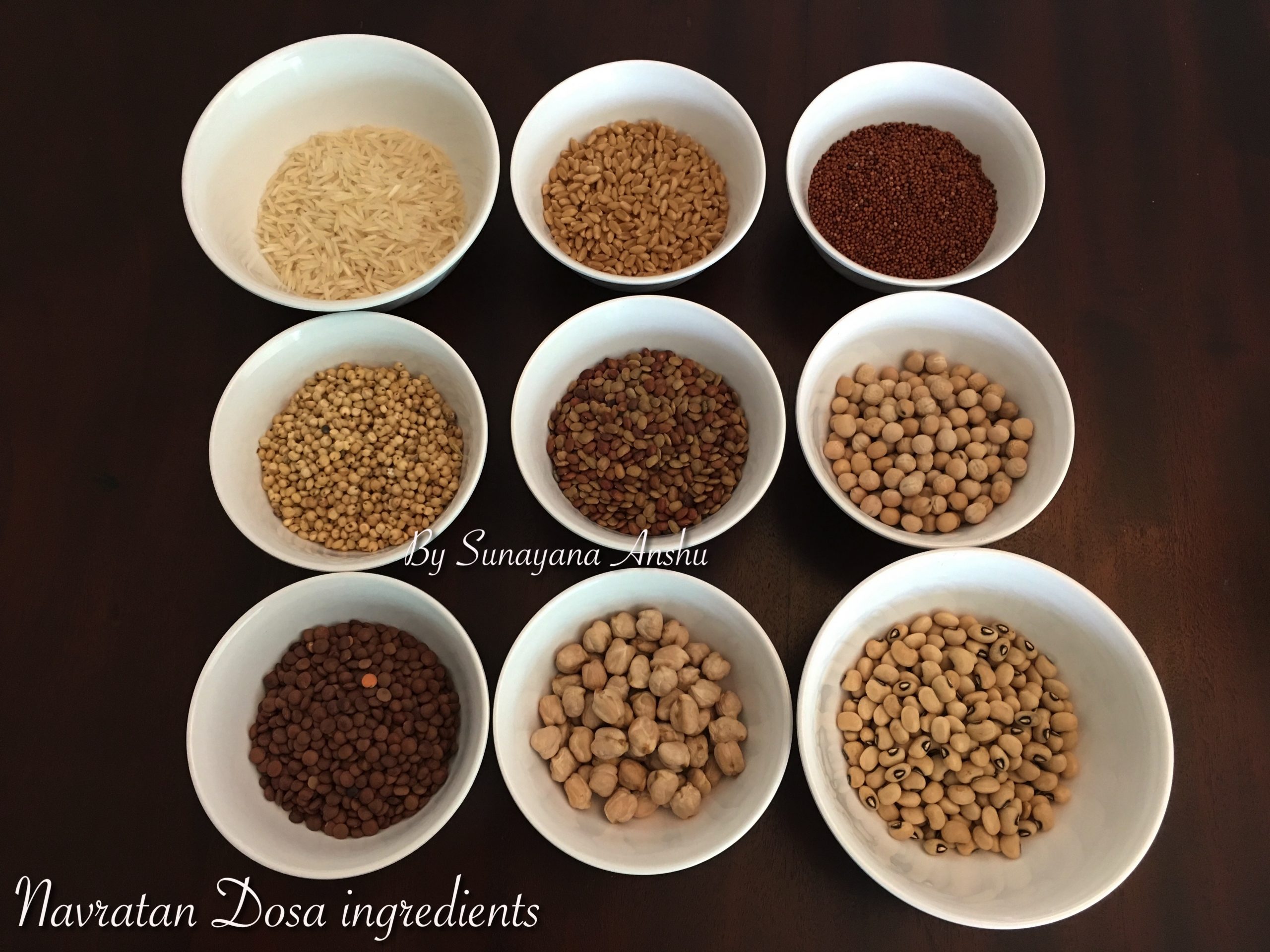

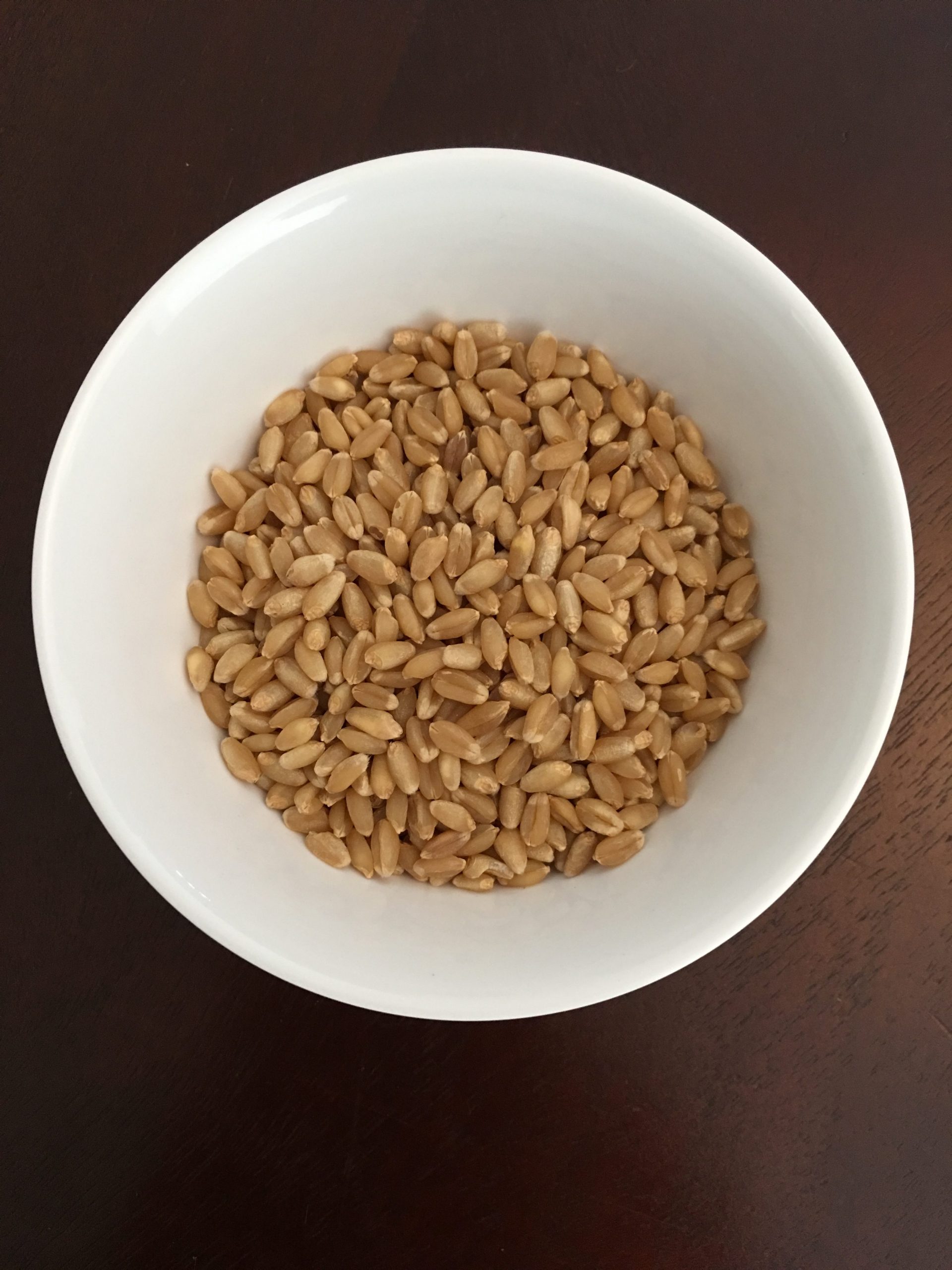

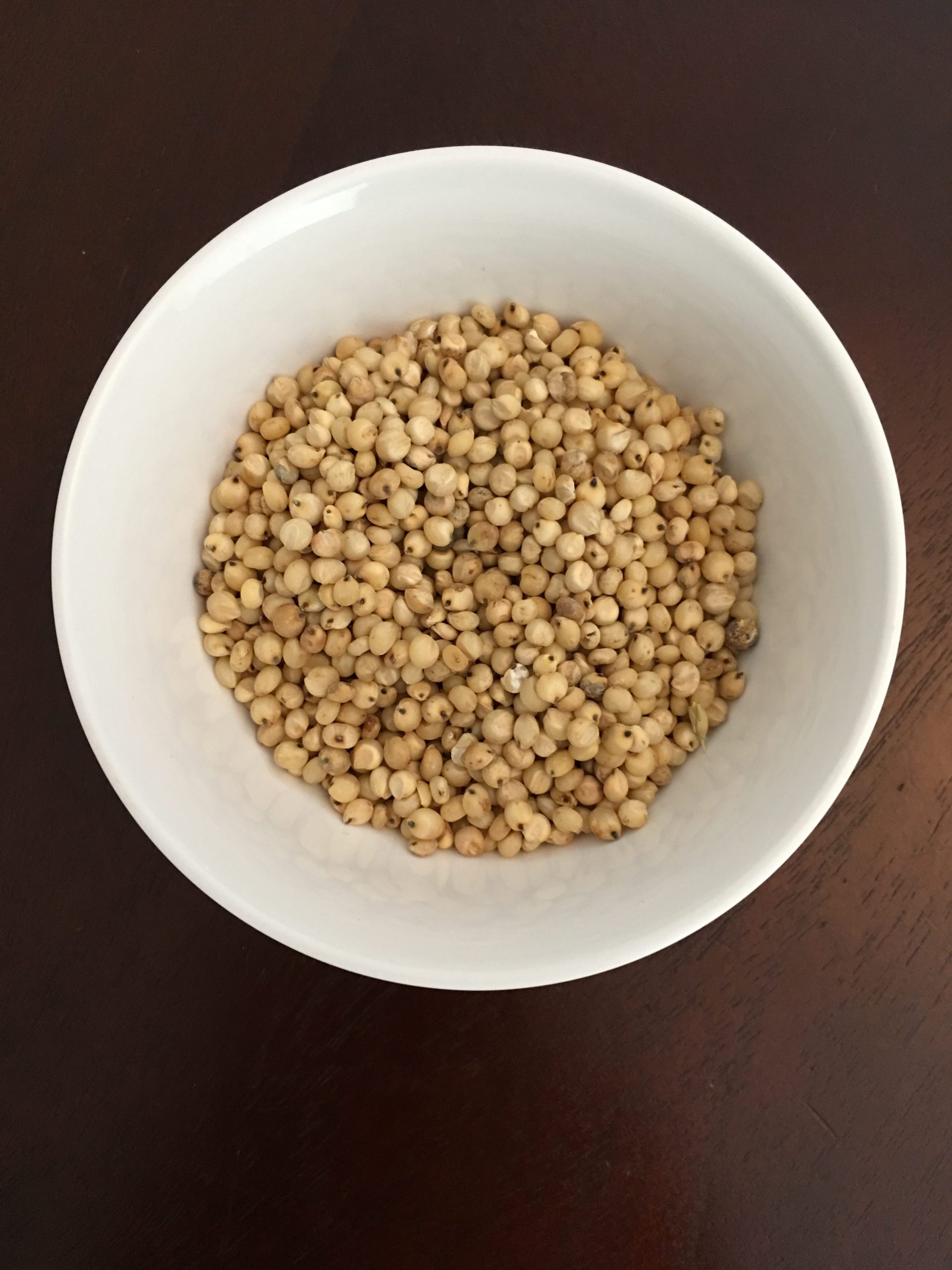

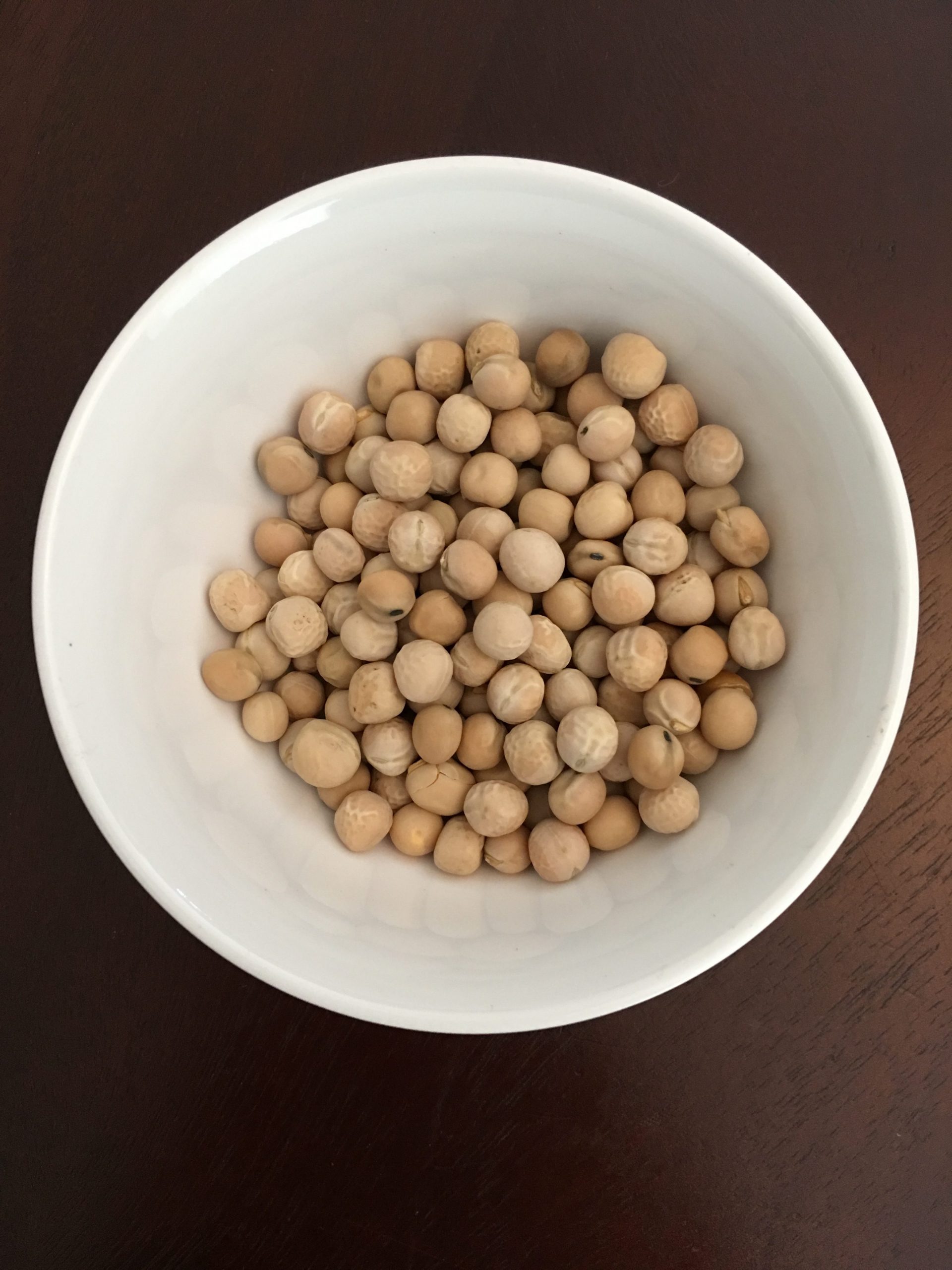

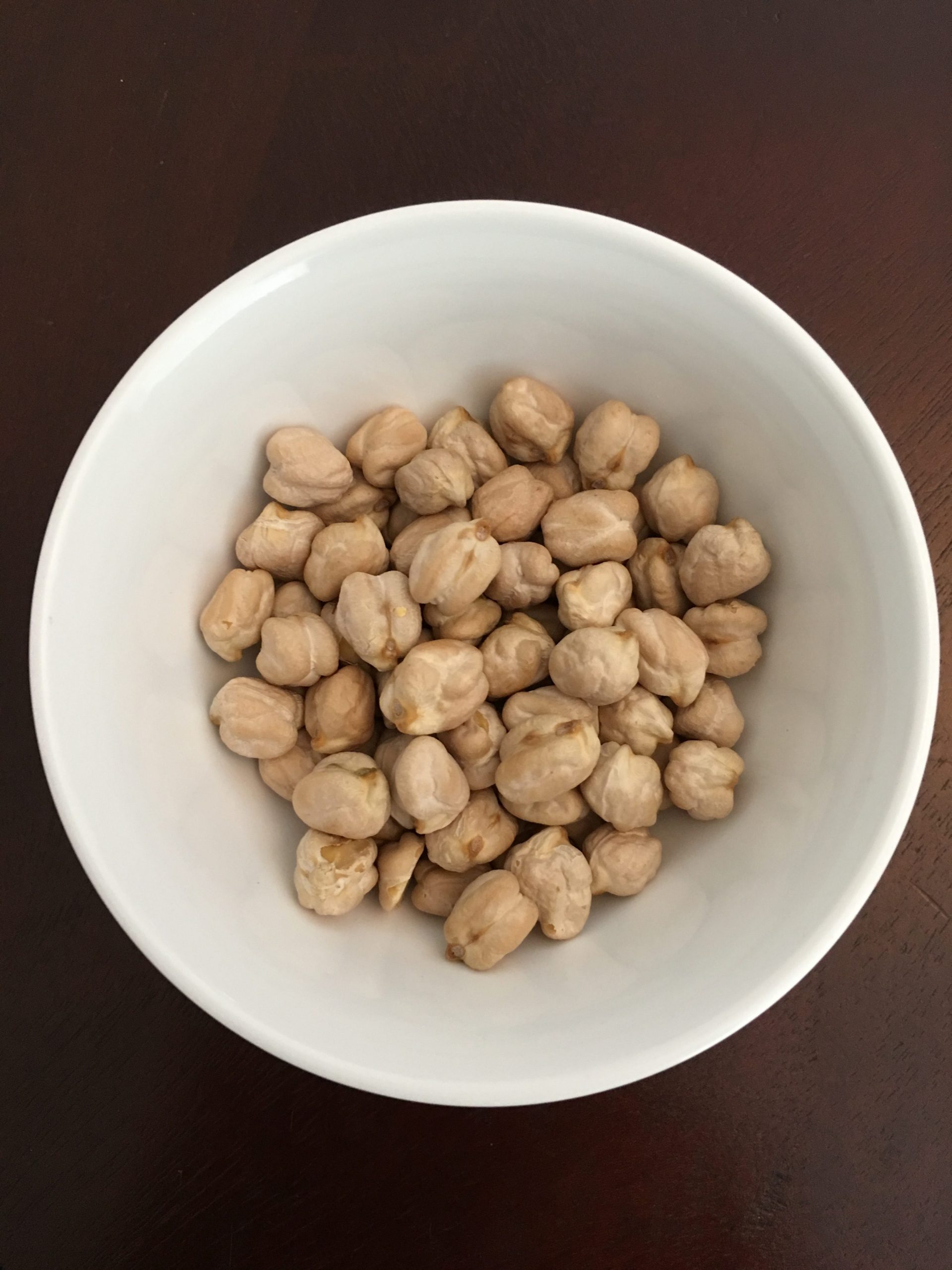
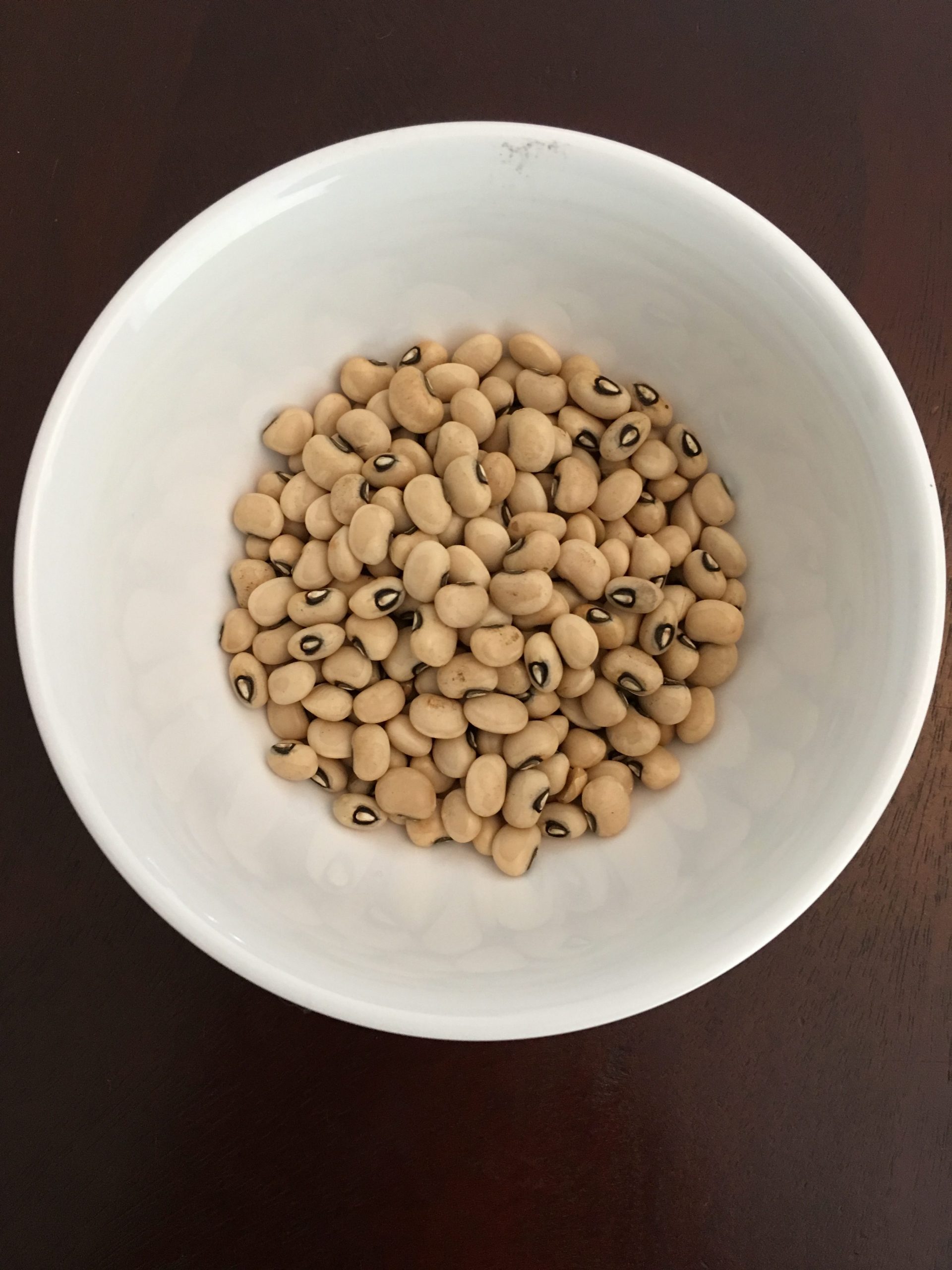
PREPARATION :
SOAKING THE LENTILS :
(1) Take all the 9 types of lentils / grains in a utensil.
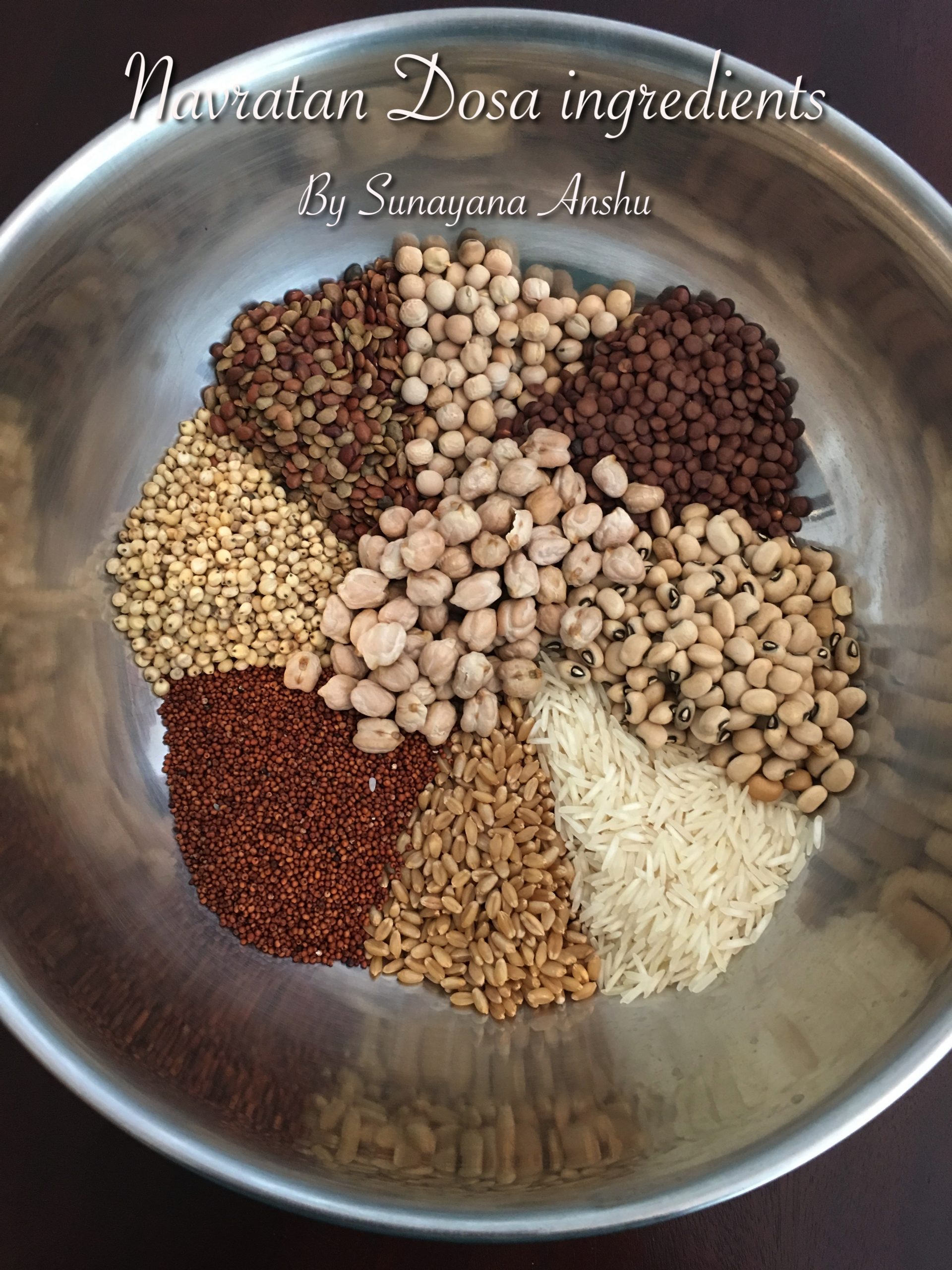
Wash them thoroughly under tap water and rinse well to remove the dirt, dust and germs.
(2) Soak them in water along with 1 teaspoon of fenugreek seeds for 8-10 hours.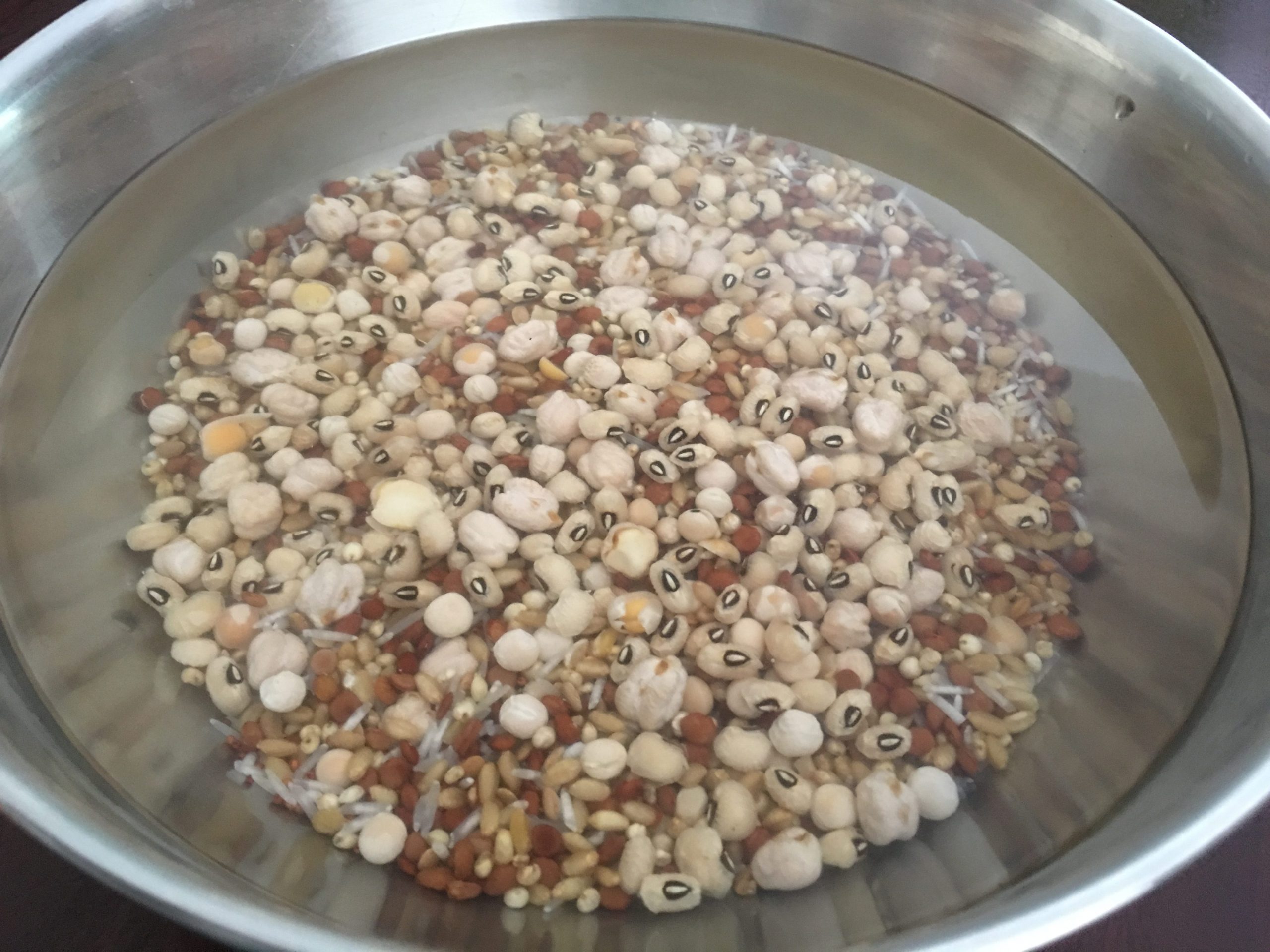
(3) After 8-10 hours of soaking, I personally prefer to discard the soaking liquid. You will lose some desirable nutrients and dark pigment, but you will also decrease flatulence and potency of anti-nutrients found in the grains.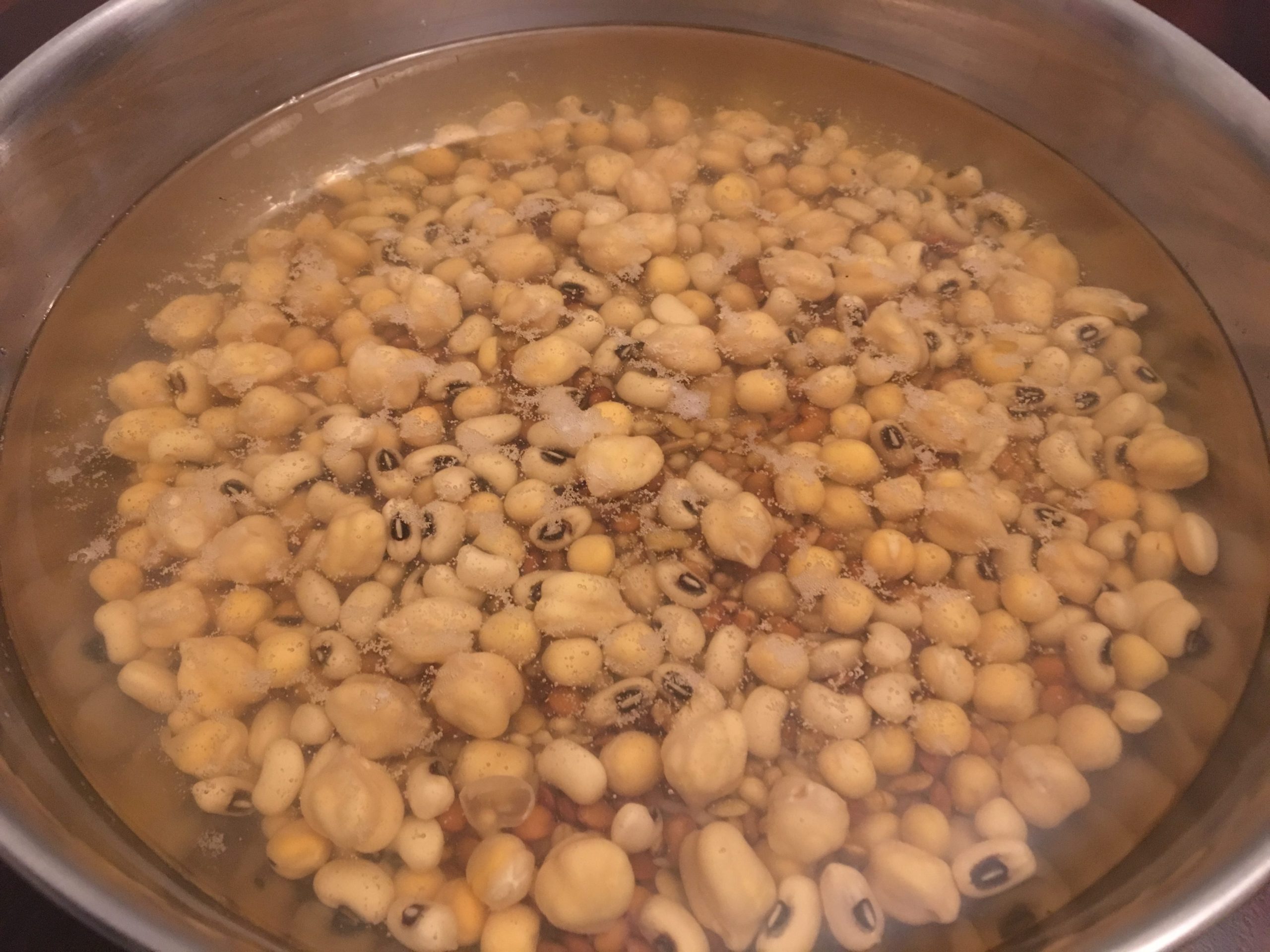
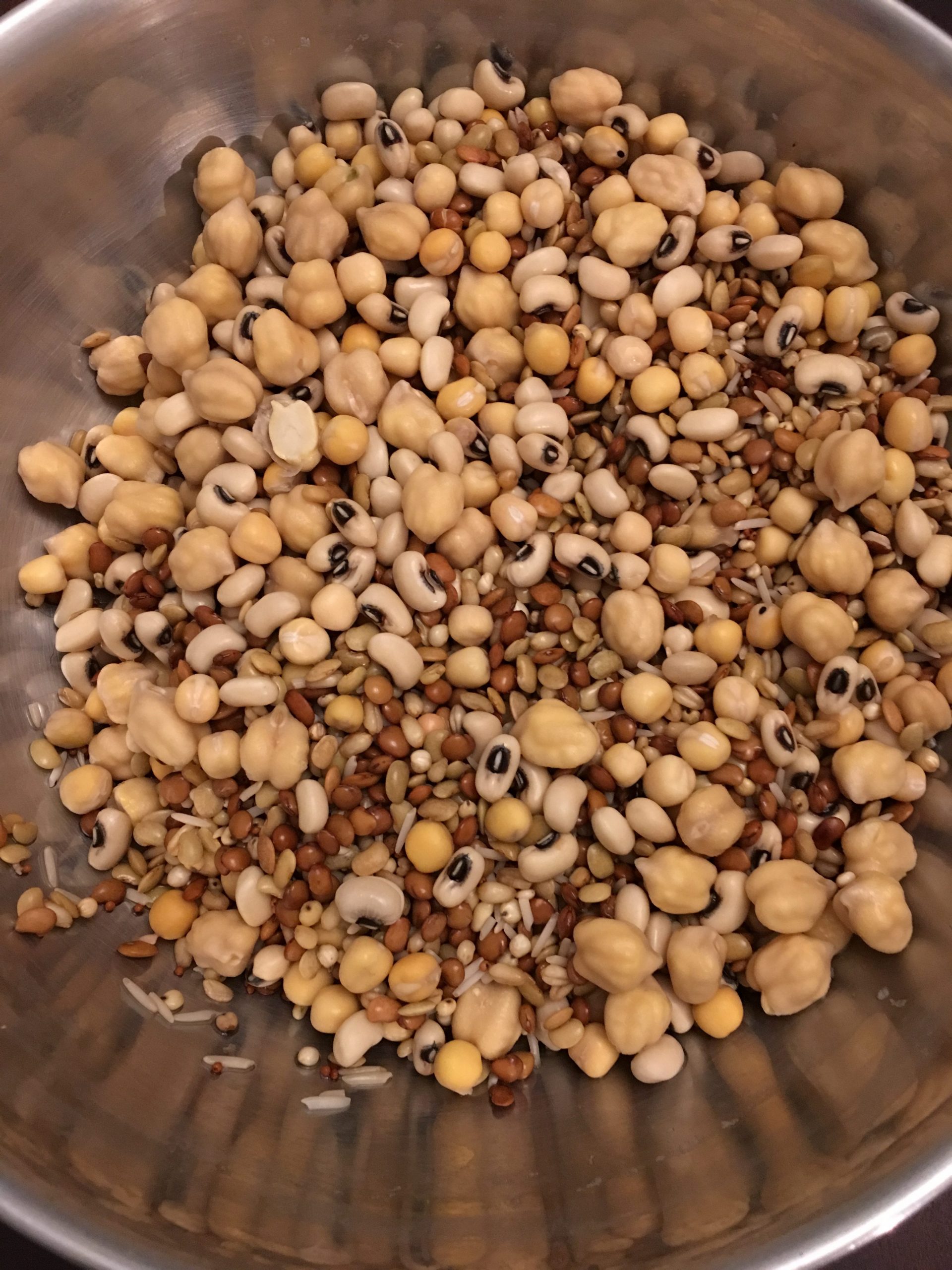
METHOD :
PREPARING BATTER AND FERMENTING IT :
(1) Now, take all the soaked lentils in a grinding jar of the mixer grinder to grind them. In case, the quantity is more and does not fit in the jar, then you can grind in two or more batches.
(2) Grind the lentils to form a fine paste. While grinding the lentils, add only 30-50 ml of water first. Do not add too much of water at once. If there is difficulty grinding, add more water. I have added a total of 800 ml of water for grinding all the lentils in two batches. I prefer adding required amount of salt during grinding itself. So, you may add Salt as per taste. Collect the batter in a sufficiently large utensil from the grinding jar. Make sure the utensil in which we took the batter is large enough.
This is because, we will be keeping the batter to ferment for about 8-12 hours, covering the utensil.
When the batter ferments, it rises and so we need that space in the utensil to allow the batter to rise and not overflow from the utensil.
You can keep the batter for less or more time to ferment and this will depend on the temperature conditions in your city.
(3) Here is the picture of the batter after grinding.
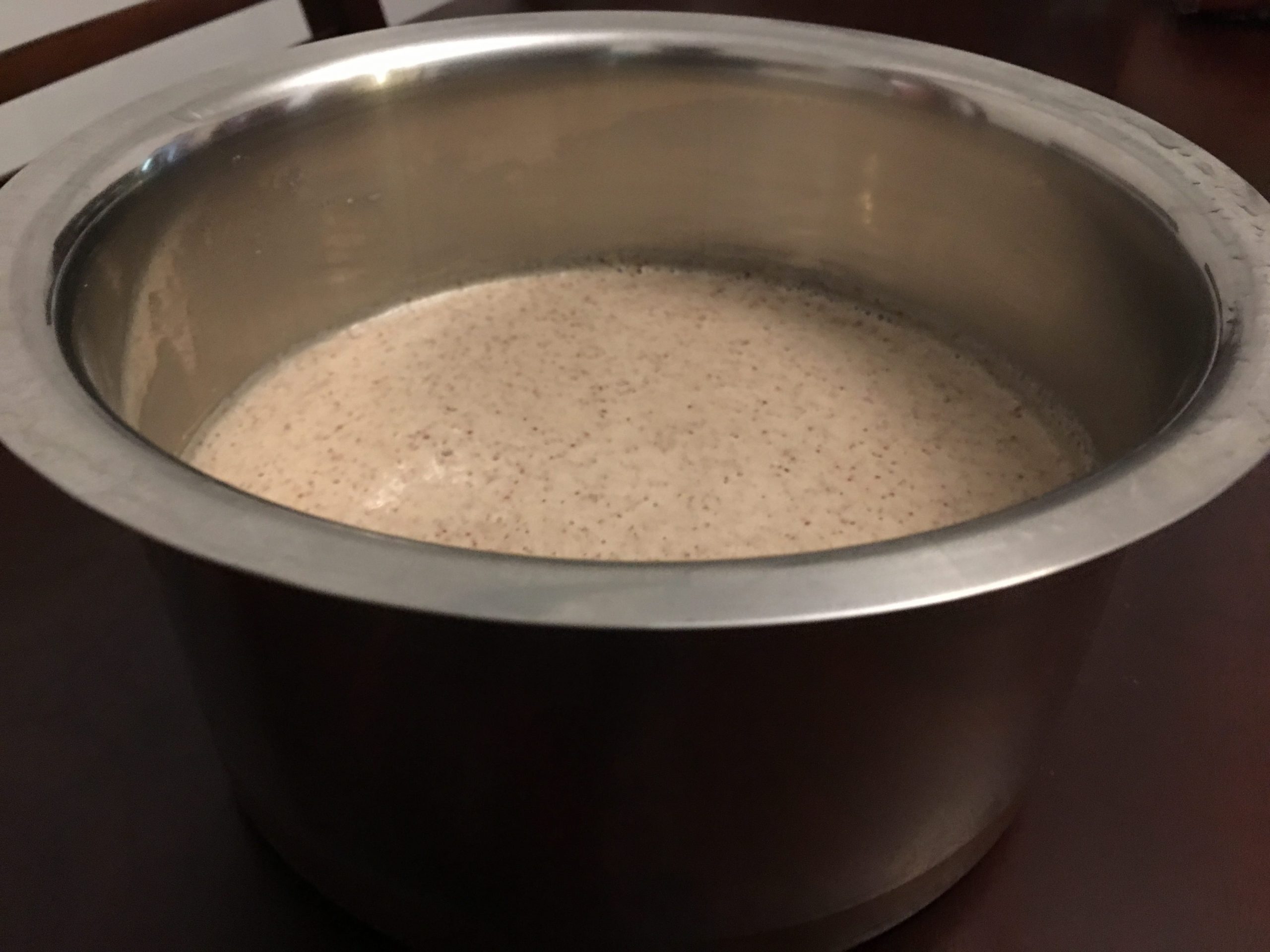
(4) Once the batter ferments, it looks like this ….

FRYING THE DOSA
(1) Once the batter is fermented, you can make the dosa in the dosa frying pan.
(2) Heat a dosa frying pan on a low to medium flame. Grease the pan with some oil with the help of a basting brush. Don’t grease with too much oil, use as much as is barely visible on the pan.
(3) Pour some batter with the help of a ladle on the pan and spread it in a sweeping circular motion with the back of the ladle, until it fills the pan to form a round shaped dosa. The dosa develops tiny holes as you spread the batter and that is completely normal.
(4) Cover with a lid and allow it to cook for a minute on the surface that touches the pan.
(5) Open the lid after a minute and drizzle with some oil and flip the dosa with the help of a spatula. Allow it to cook on another side for a minute.
(6) The dosa is ready and served on a serving plate accompanied with sambar and chutney or with any vegetable sagu (Side dish).
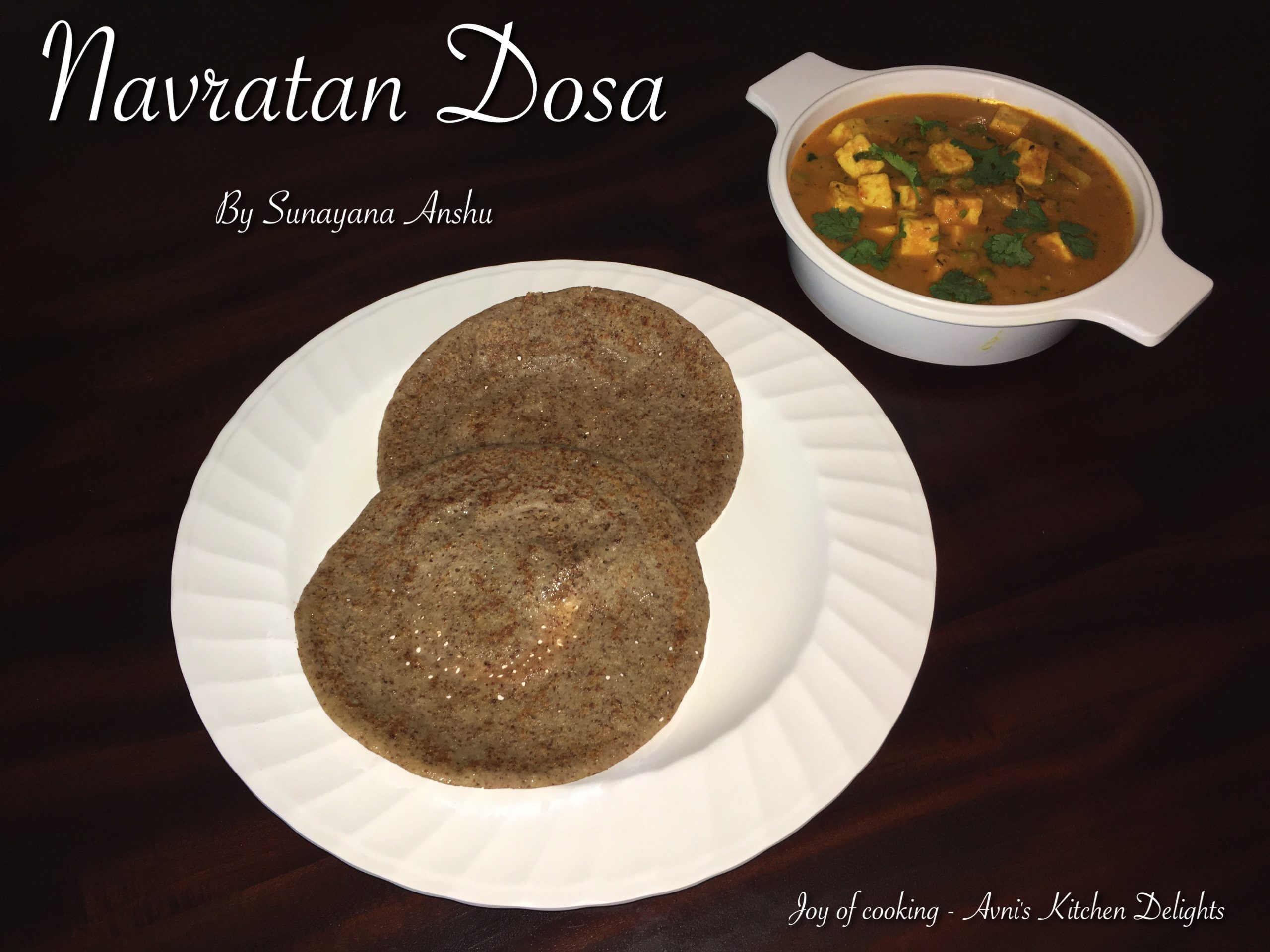
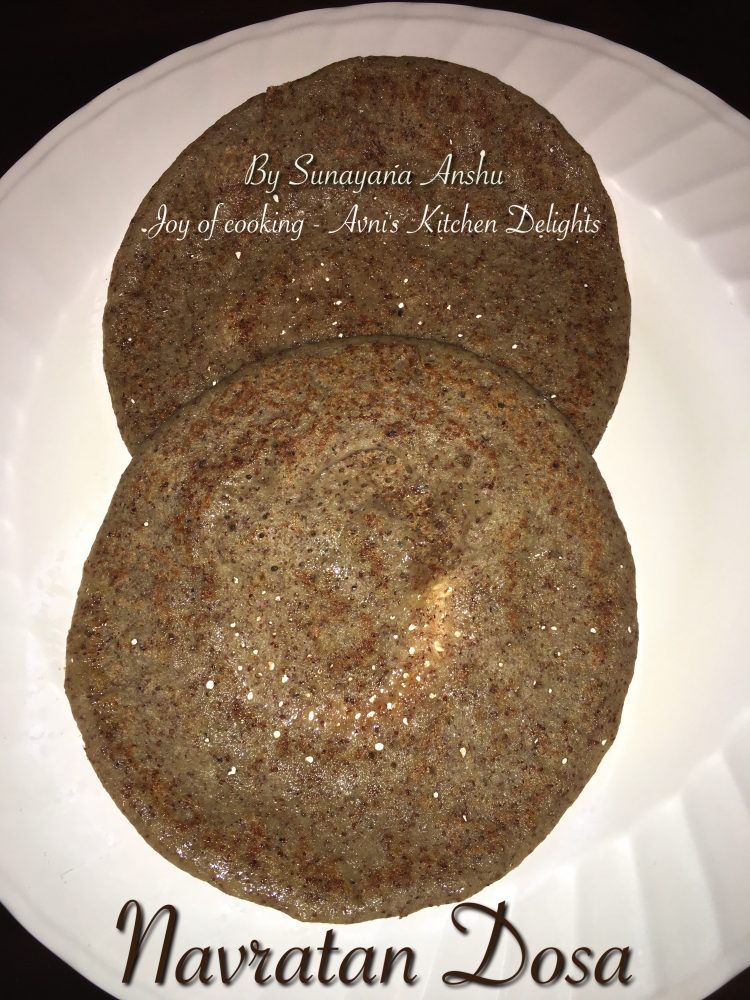
Pingback: Mixed Lentils Dosa / Navratan Dosa / Navdhanya Dosa – Avantika's Kitchen Delights
Pingback: Mixed Lentils Dosa / Navratan Dosa / Navdhanya Dosa - Joy of cooking - Avni's Kitchen Delights